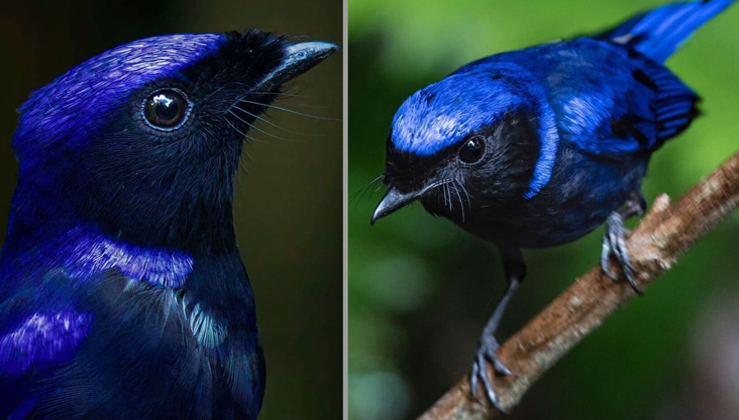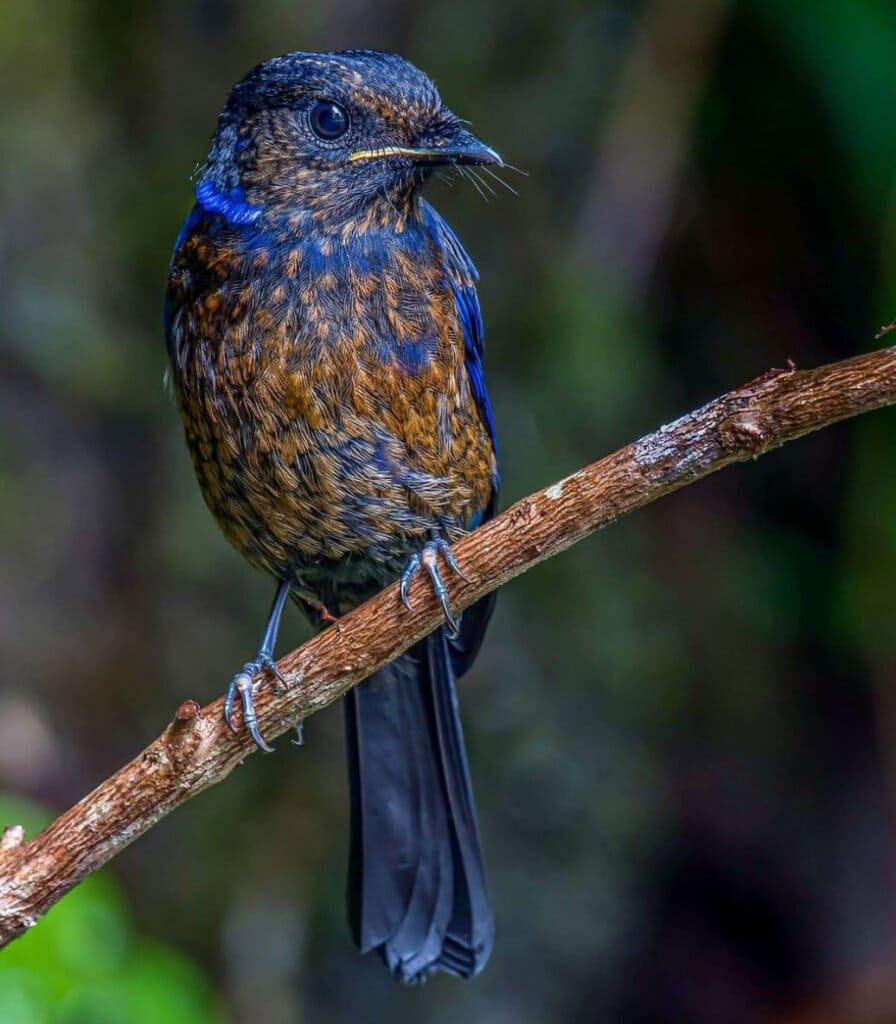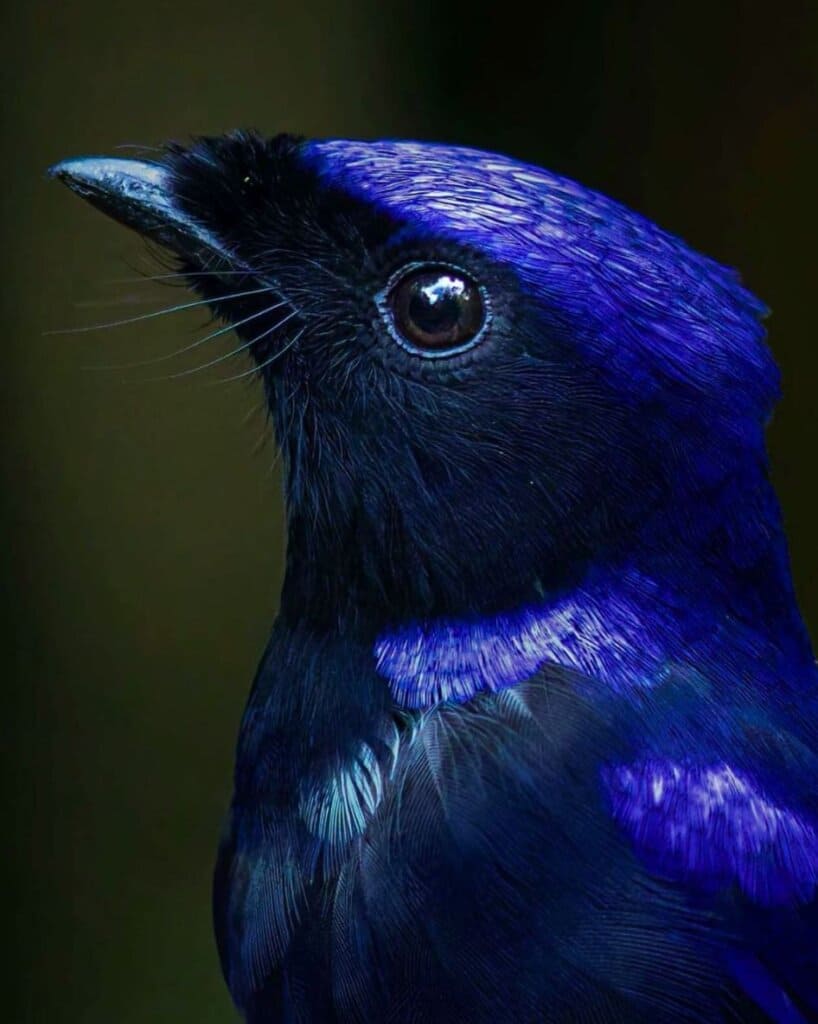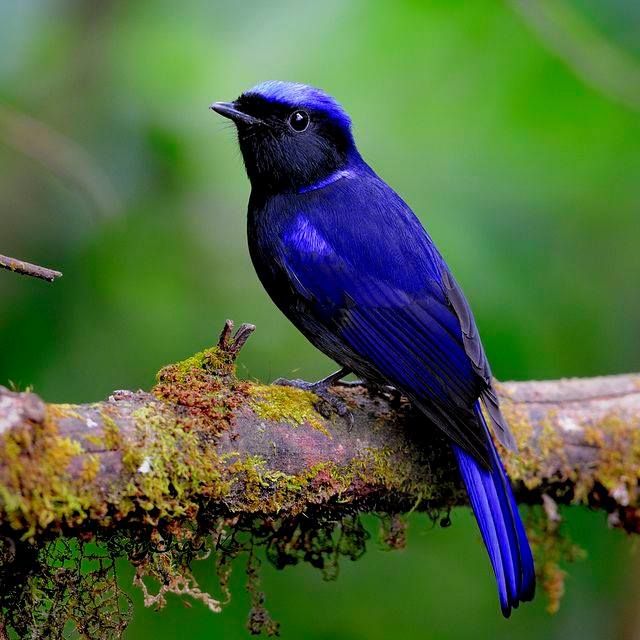The Niltava Grandis, a member of the Muscicapidae family, is a large bird species that can be found in various countries including Bangladesh, Bhutan, Cambodia, China, India, Indonesia, Laos, Malaysia, Myanmar, Nepal, Thailand, and Vietnam. These birds typically inhabit subtropical or tropical montane forests.

The magnificent nilvata bird is truly remarkable. Their stunning blue coloration covers their entire body, including their head, back, neck, and wings. However, their face and underparts are a darker shade of blue, setting them apart from others in their group.

Numerous individuals claim that the blue hues of these birds are quite remarkable and captivating. Personally, I find myself unable to look away from these adorable and fluffy creatures. In contrast to their male counterparts, the females feature an olive-brown color with beautiful blue patches located on the sides of their throats. Additionally, their wings and tails have a matching shade of blue.

The big niltava bird belongs to the Muscicapidae family and can be found in various countries across the Indian Subcontinent and Southeast Asia such as India, Nepal, Cambodia, China, Indonesia, Laos, Malaysia, Myanmar, Thailand, and Vietnam. Although there are no immediate threats to their population, conservation efforts should still be in place to ensure the continued stability of their numbers.

The large niltavas, known for their striking appearance, are typically found in dense, humid tropical forests as well as rural gardens. Their diet mainly consists of insects, although they may also consume other invertebrates and wild berries. During the breeding season, the female large niltavas will construct their nests amidst boulders, tree hollows, and even rotting tree stumps. These nests are composed of a combination of moss and plant fibers and house 2-5 eggs which take roughly 15 days to incubate. The chicks are then fed for approximately 14 days before they become fully-fledged and leave the nests in search of food.
